Support Page Content
Achievements In the CSUS Stem Cell Program, 2018
About Our Stem Cell Graduate Research
Master’s students in our Stem Cell Program perform cutting edge translational research in the field of regenerative medicine. The intention of this site is to provide a platform for our graduate students to describe their research to the greater community. In some cases, students chose instead to write editorials aimed at providing a general understanding of stem cell research. In all cases, students attempted to describe research in a way that would be consumable and informative - and possibly even entertaining - to all readers.
To protect the confidentiality of unpublished research currently underway at UC Davis, the specific names of genes, proteins, cells, and tissue types have often been replaced with aliases or referred to generically (e.g., "factor X" or "a specific peptide"), unless the information is already publicly available elsewhere.
If you have questions or comments, please contact the site editor: Dr. Kimberly Mulligan.
Other Accomplishments
Hope for Huntington’s: Enhancing the Delivery of Medicine by Stem Cells
Angelica Bachman

Imagine living your whole life knowing there is a fifty percent chance that you have inherited a genetic disease. At the age of 35 you find out that you fall into that percentage. You may have already started a family by this point in your life, and now there is a fifty percent chance your children have also inherited the disease. Within a few years, medical professionals deem you unfit to drive a car or work the job that you love. Soon, you can’t work any job because you are in constant pain, slowly losing control of your body and mind. This is just a fraction of what it is like living with Huntington’s disease.
Huntington’s disease (HD) is a neurodegenerative genetic disorder that affects 1 in every 10,000 individuals in the United States. There is currently no cure for HD and very few treatment options. In fact, the treatment options available aren’t able to slow the progression of the disease; they only work to improve quality of life for HD patients.
However, a more successful treatment for this devastating disease may be within reach.
To Pee, or Not to Pee?
Sylvain Barthe
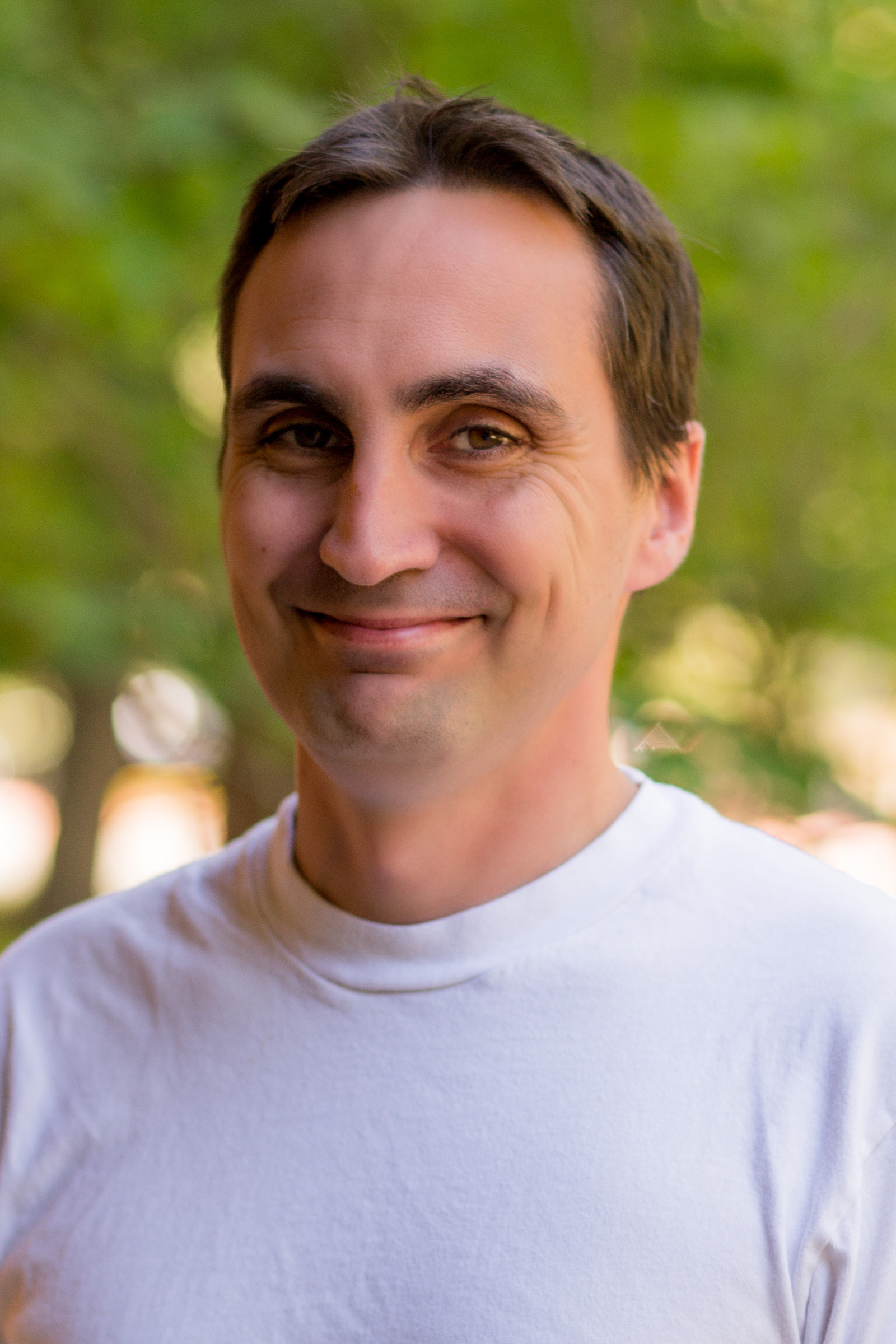
Dr. Yuanyuan Zhang’s research team from the Wake Forest Baptist Medical Center’s Institute of Regenerative Medicine discovered a new subpopulation of stem cells in urine. They used those urine stem cells (USCs) to produce cell populations capable of generating bladder tissues [1].
USCs have intrigued the research community. Indeed, the human organism does not usually get rid of essential elements, such as functioning stem cells. So, how and why do they end up in waste? Where do they come from? What is their potency?
USCs have characteristics and potentials that rival other stem cell populations. They may not come from the most glamorous source, but they have the potential to bring more opportunities to develop suitable cures for many diseases.
Natural Killer Cells
Lyes Bouzid
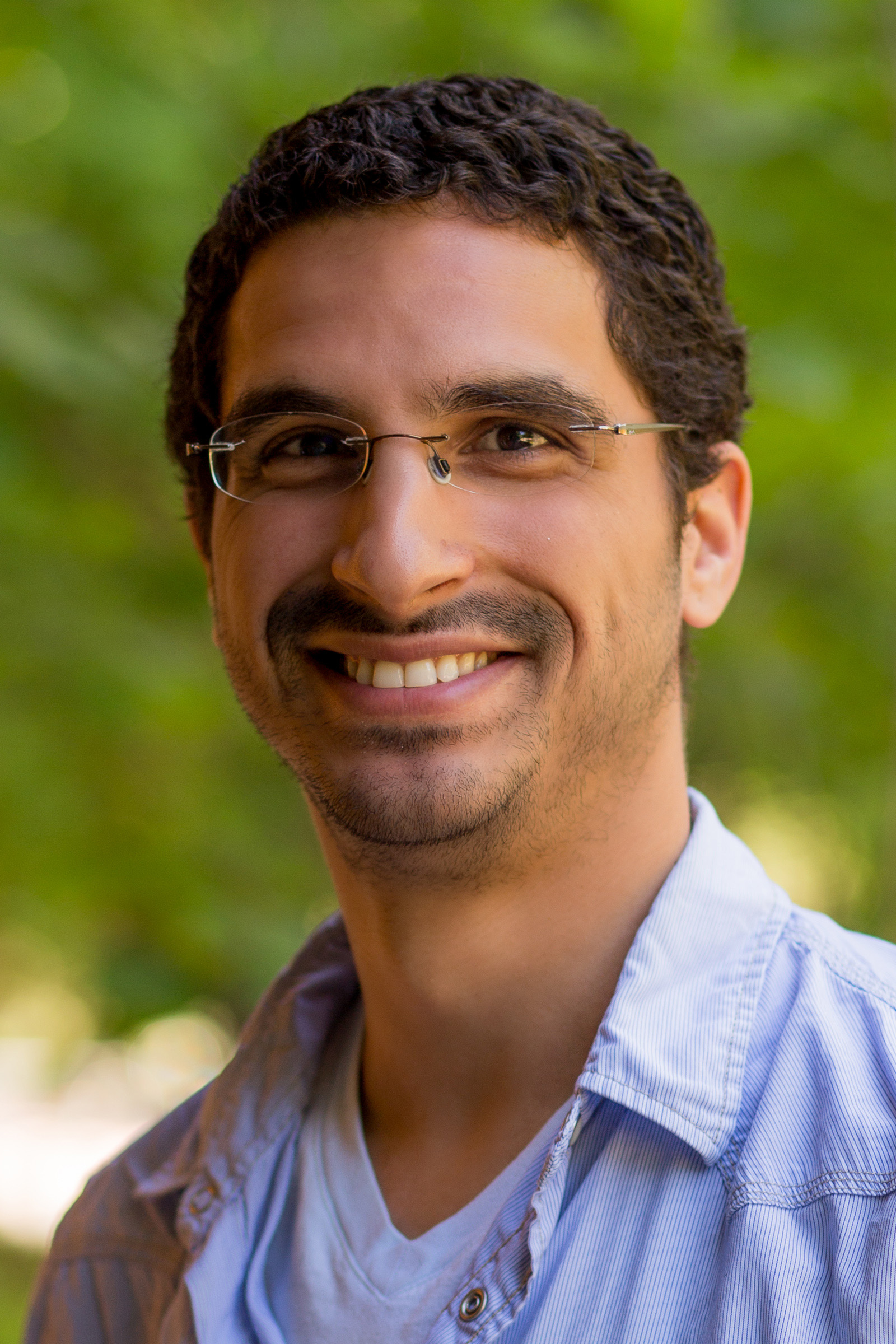
Thomas Jefferson once said, “When injustice becomes law, resistance becomes duty.” When those words serve as the foundation for the writing of the Declaration of Independence, they are inspirational. However, it becomes a major health threat and economic burden when some cancer cells consider traditional anti-cancer therapies (chemotherapy and radiotherapy) as injustice and decide to resist and become cancer stem cells.
Using NK cells in combination with current therapies to kill both cancer stem cells and “normal” cancer cells is extremely promising. This novel approach could potentially reduce cancer relapse and ultimately cancer mortality, as well as health care expenses and the increasing economic burden.
Forming New Bone to Treat Old Diseases
Cutter Chaboya
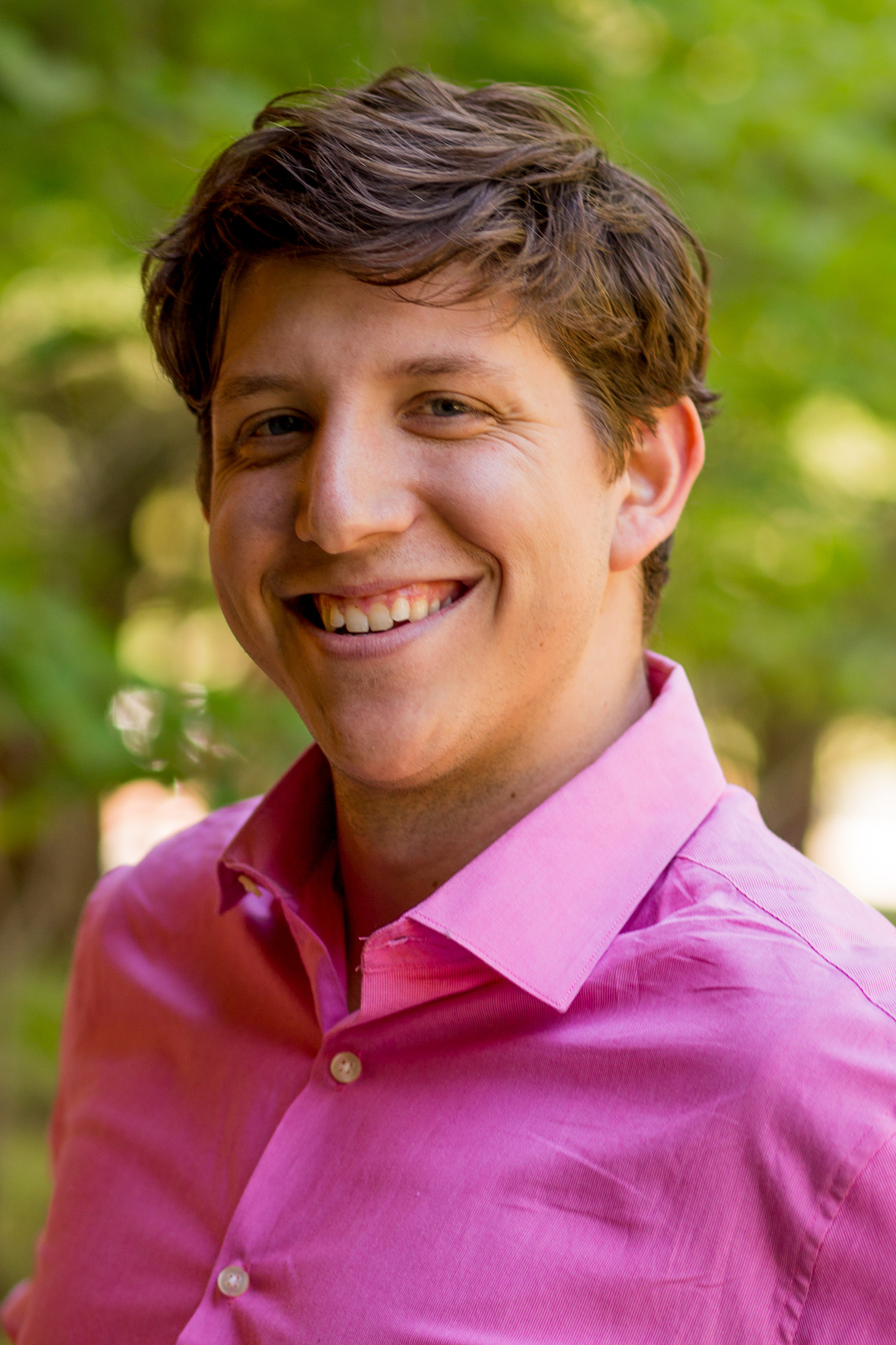
We’ve all had our fair share of falls and tumbles growing up. We’ve all fallen and banged our knees on the blacktop during recess or simply tripped on the curb stepping onto the sidewalk. When we’re young these falls are minor and cause nothing more than a scrape or bruise allowing us to continue on our day. As we get older, there is a chance that these “minor” falls can hospitalize us or even permanently disable us. But why does this happen?
Thankfully, a new discovery in the world of stem cell research may lead to a new osteoporosis treatment that actually aids in the formation of bone.
Stem Cells and Wound Healing: Your Body’s Band-Aid
Tyler Davis
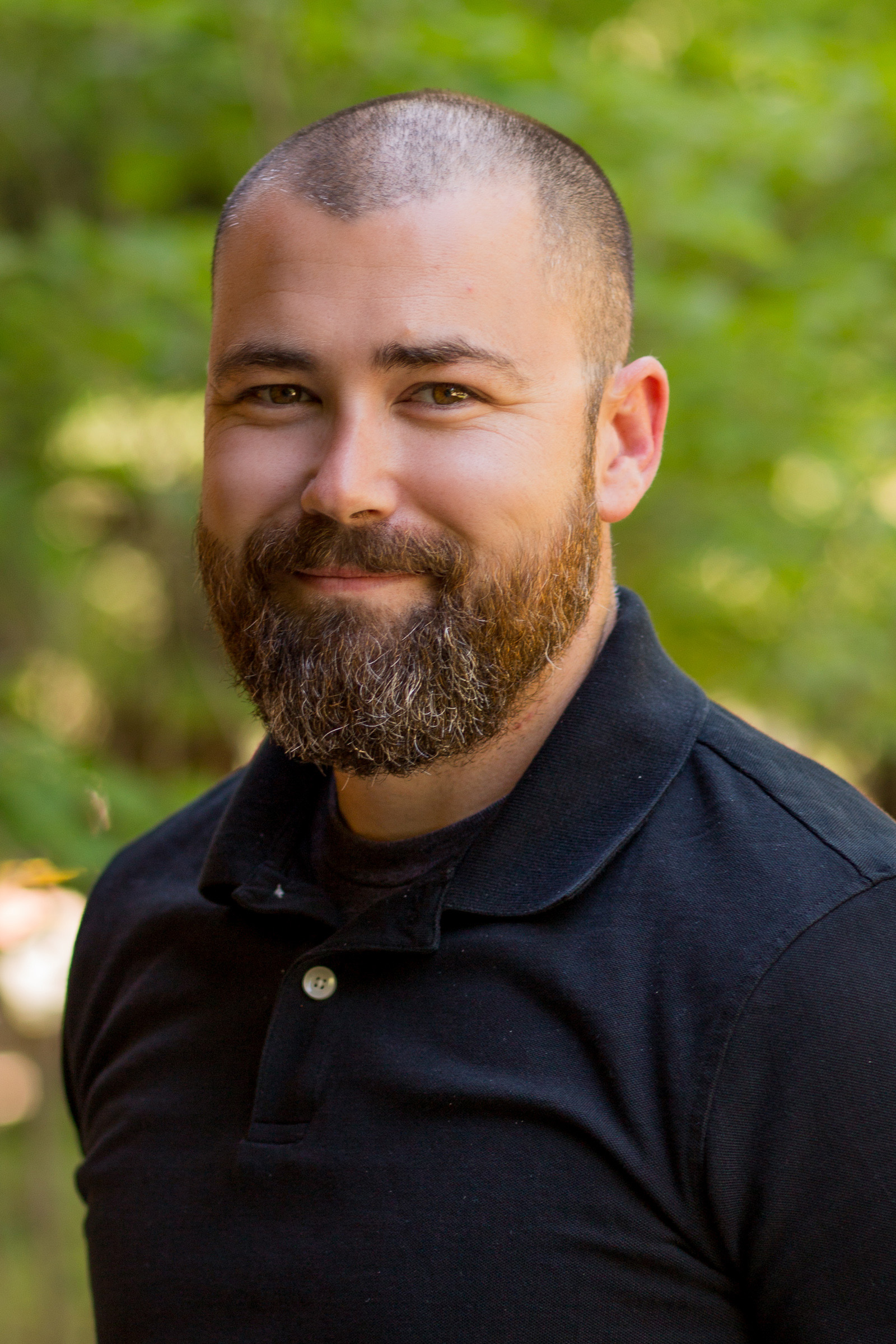
Wound healing is a necessary process that everyone has gone through during their lifetime. Whether large or small, everyone at some point has cut themselves, but have you ever wondered how we heal? Wound healing is a complex system of signals and cellular interactions, with stem cells being some of the premier contributors. Stem cells often carry a negative connotation; however, this simply need not be the case. Stem cells occur naturally in the body and are involved in a number of functions. Even beyond their natural roles within the system, science has discovered roles for stem cells within the clinical setting. The purpose of this blog is to not only shed some light on stem cells natural roles, but also how researchers in the field are manipulating these cells to provide innovative medical treatments.
The Sanctimonious Science of Saviors
Zaed Hindi
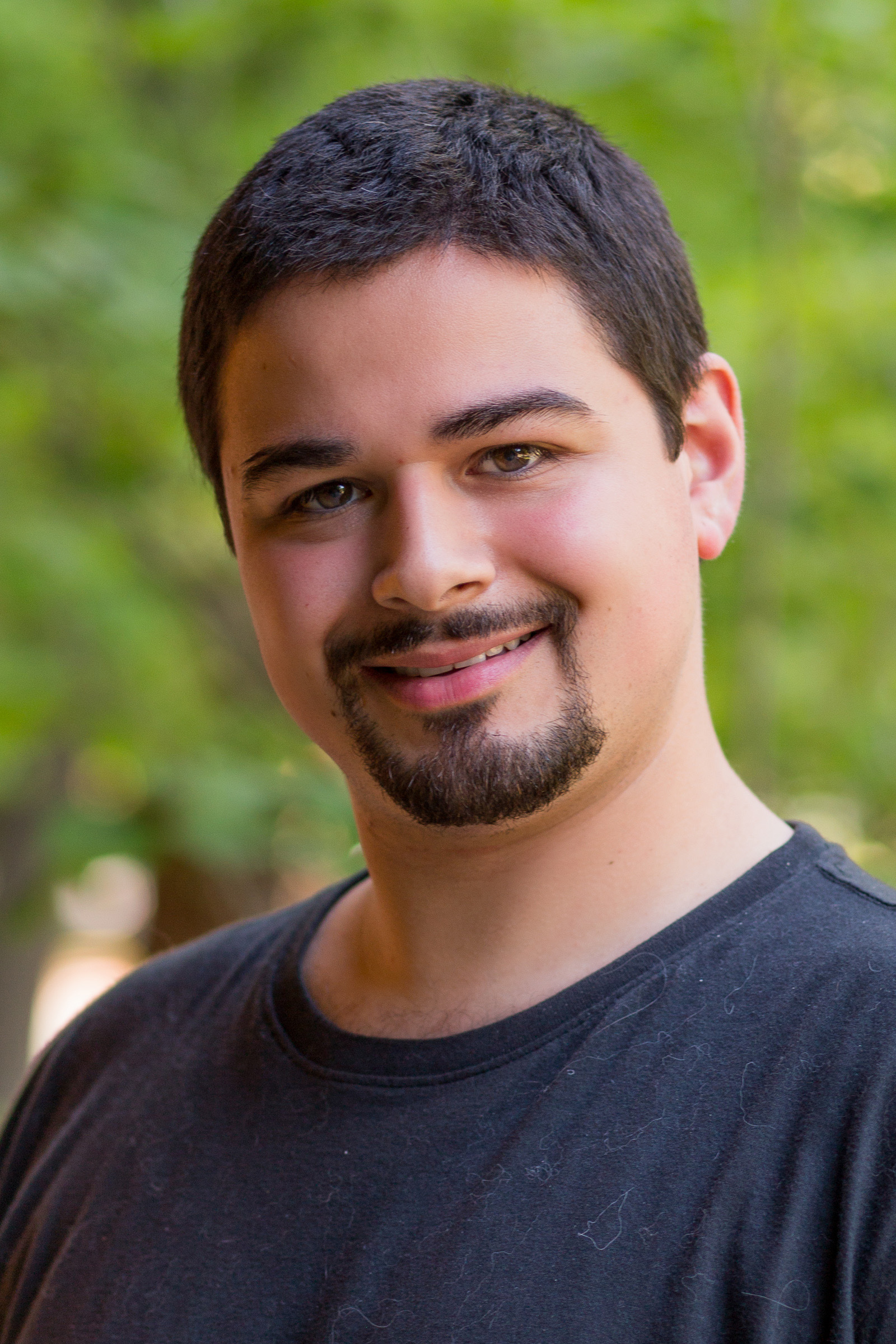
The infamous dictator Pol Pot once said, “Better to kill an innocent by mistake than spare an enemy by mistake.” Unfortunately, this all-or-nothing mindset is also that of many modern-day cancer treatments.
In our modern world, one of the worst parts about chemotherapy and radiation is that they destroy not just the cancerous cells, but also every other type of rapidly-dividing cell. Such cell types destroyed by these agents include your immune cells – the cells that, as their name implies, are responsible for your body’s immunity. Likewise, it accounts for why children recovering from conditions such as Ewing sarcoma or glioblastoma must stay in the hospital for an extended period. Their immune response is virtually non-existent at this time and, as such, they must remain in as sterile of an environment as possible.
Luckily, there is a way to repopulate these missing cells and essentially re-grow one’s immune response – transplantation of hematopoietic stem cells (HSCs). Normally, this is done via a process called allogenic stem cell transplantation – infusing stem cells from a compatible donor into the hollow space (referred to as the medullary cavity) of a patient’s bones.
Modifying Your Immune Cells to Fight Cancer
Alicia Hyllen

Given that cancer is the second leading cause of death in the U.S., a devastating statistic compounded by cancer relapse, or when the original cancer comes back after a patient was in remission. Recent cancer research has revealed a small population of cancer cells that are likely responsible for cancer relapse. These cells are termed cancer stem cells (CSCs) because they have similar characteristics to stem cells. Despite being only a tiny fraction of a tumor, CSCs cause alarm because they are resistant to typical cancer treatments, which eliminate normal cancer cells. After normal cancer cells are destroyed, the leftover CSCs can churn out new cancer cells, resulting in relapse.
Recently, there’s been considerable interest in something called immunotherapy, which hijacks your immune system to fight cancer. Scientists are creating T cell receptors that recognize cancer cells. Receptors are engineered to be specific to antigens found on tumor cells. Now that the T cell is equipped with a receptor specific to cancer cells, they can find and attack the cancer. This process is called CAR-T therapy.
Miniature Packets of Goodness: Cell-Derived Drug Delivery Systems
Harsha Jyothi

Imagine you had packets of goodness containing drugs that could reduce the symptoms of incurable diseases. A few years ago, this would have felt like an improbable dream. However, with the pace at which regenerative medicine is growing, this will be possible in the near future; scientists are indeed trying to create these packets of goodness from stem cells.
Stem cells are the hot topic of the modern era, but how do these stem cells work?
Slathering on Stem Cells: A Skincare Trend
Amy Lew
I am sure many of you have had this experience. I was shopping at the mall, trying to avoid eye contact with aggressively friendly mall kiosk salespeople. Unfortunately, I failed. I was stopped by a woman selling skincare treatments that promised to rejuvenate my skin. I politely excused myself, but not before she pressed some lotion samples into my hand. I walked away, reading the ingredients list as an excuse to avoid looking up, lest I be caught by another salesperson. The lotion claimed to contain something I hadn't seen before: plant stem cells.
Bulking Up Brittle Bone
Amber McEnerney

Healthy bone relies on a balance between bone-absorbing osteoclasts and bone-forming osteoblasts. But what if an imbalance occurs between these two cell types?
Solving the mystery of why cells change when grown outside of the body is crucial for harvesting an expanded, therapeutic cell type for osteoporotic bone.
Diseases-in-a-Dish
Thuy Dung Nguyen

Imagine someone you know is diagnosed with cancer, Ebola, seizures, or another incurable disease. What if the diagnosis is one of the many unknown diseases for which there is still limited understanding of the disease? Will there ever be a cure? Will there still be hope?
Though there may not be an immediate cure, there is something that scientists are doing to revolutionize the way we study and develop treatments for debilitating diseases.
The Potential of Cardiomyocytes from Stem Cells
Jamie Overton
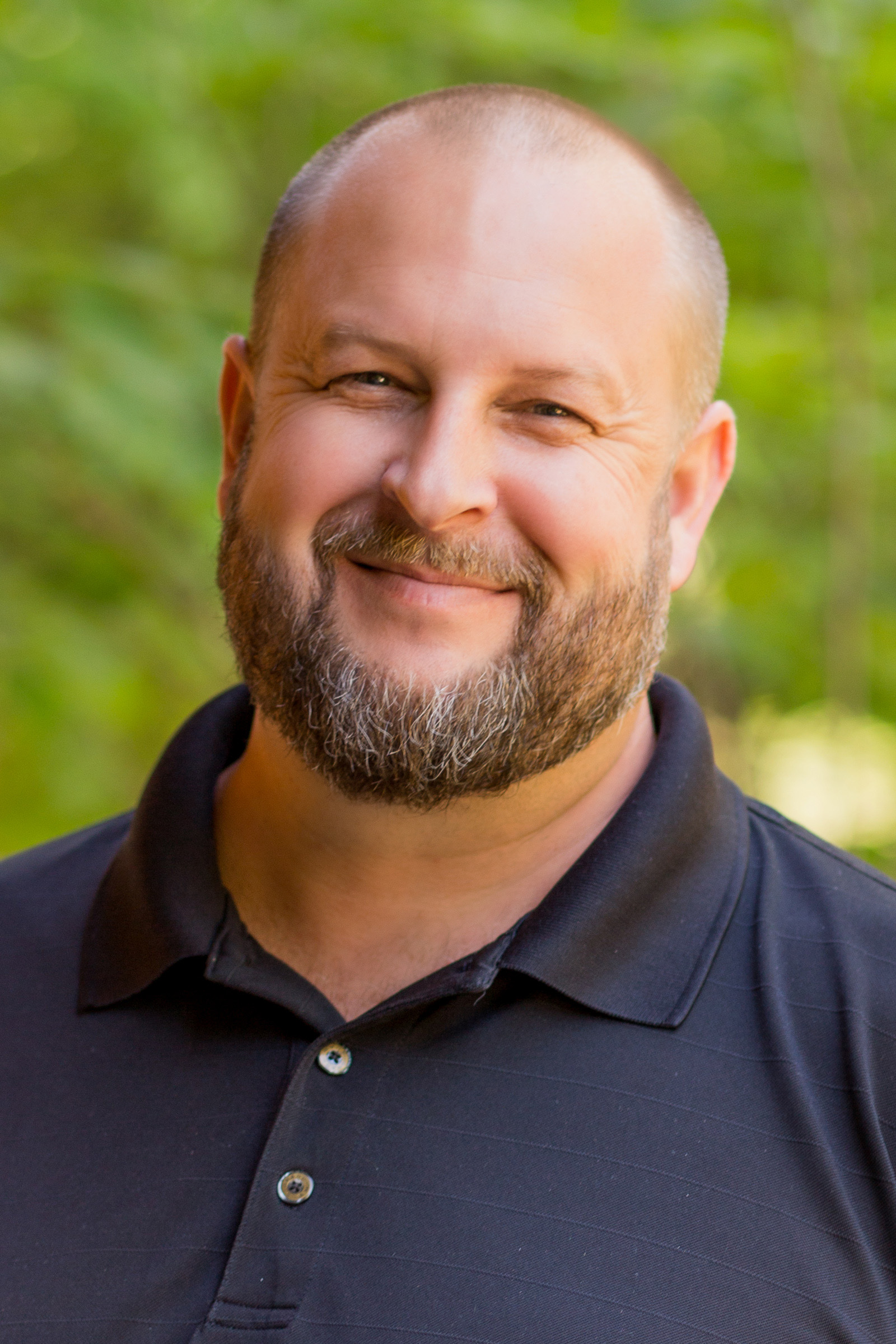
What if we could repair a heart after a heart attack, prevent heart failure, or help a baby born with a congenital heart defect? Stem cells have that potential and might give us that opportunity.
It is possible to take cells from an individual, like skin cells, and reprogram them back into stem cells called human induced pluripotent stem cells (hiPSCs). hiPSCs have the potential to be directed into any kind of cell in the body, including heart cells. Researchers are working to perfect directing hiPSCs into heart muscle cells, otherwise known as cardiomyocytes (CMs).
CMs have a lot of potential for research and regenerative medicine. Currently, CMs can be used to test drugs for safety, study disease, and learn more about congenital heart defects and genetic disorders. Researchers are working to repair tissue damaged by heart attacks and replace electronic pacemakers using CMs.
Now You See Me: Using Reporter Genes to Light Up the Cellular World
Melanie Rose

Jellyfish, fireflies and mushrooms: What do they all have in common? They come from different environments and have wildly different lifecycles, but they all have a secret hidden away where nobody can see it. That is, until they want you to. Light! Bioluminescence, to be exact, or the production of light by living organisms! Some members of these groups are able to produce light through a chemical reaction, while others simply produce a protein that glows on its own. Scientists have been quick to harness these unique properties for their own research purposes. When bioluminescence is taken and used in another organism it is referred to as a reporter gene. Reporter genes are valuable tools as they can illuminate cells and allow for visual assessments such as cell tracking or morphological analysis.
Stem Cells for Pharmaceutical Screening: Away from Animal Research
Jennifer Waldo
What if there was a way to find a cure for a devastating disease without the use of animal testing? Animals have long been used to screen pharmaceuticals before they are tested in people. Without the use of animals in labs, it would be nearly impossible to test pharmaceuticals for detrimental side effects. While animal models are still extremely important in testing new treatments, stem cells offer a new way to screen pharmaceuticals before subjecting animals to potentially harmful unknowns that do not always provide valuable insight.